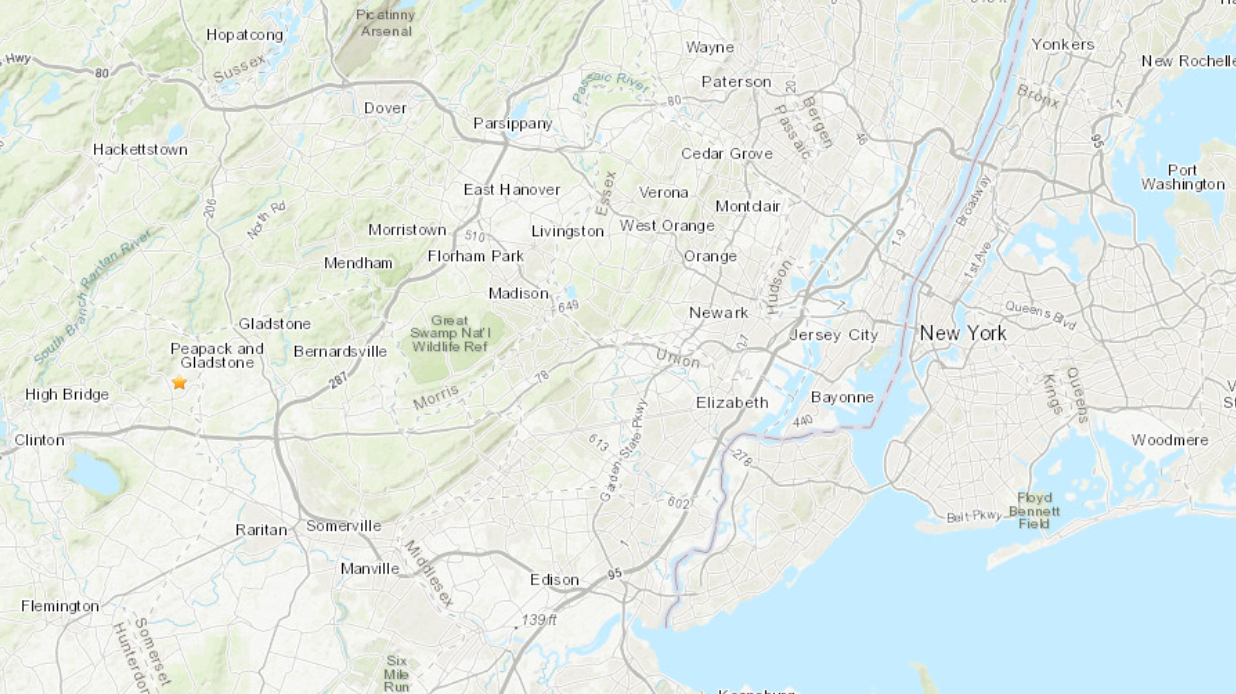City officials said that the probability of someone contracting Ebola on the subway is “close to nil,” after confirming the doctor who tested positive for the disease Thursday rode several lines in the days before he began feeling ill.
Craig Spencer tested positive for the virus after being taken to Bellevue Hospital Center with a fever and gastrointestinal symptoms.
Authorities said Thursday that Spencer rode the No. 1, A and L subway lines before exhibiting symptoms. He had been back in New York City since landing at Kennedy Airport on Oct. 17 from a month-long stay in Guinea, where he was treating patients with the aid group Doctors Without Borders.
On Friday, city health officials released a more detailed timeline of his movements in the city after he began feeling fatigue and exhaustion the morning of Tuesday, Oct. 21.
City Health Commissioner Mary Bassett said that it would be extremely unlikely for any of the subway riders who shared a car with Spencer to contract Ebola because the doctor wasn’t exhibiting symptoms. The disease is not contagious until a patient begins exhibiting a fever.
“It is extremely unlikely, the probability being close to nil, that there is a problem with him taking the subway,” Bassett said.
Ebola is spread only by contact with the bodily fluids of a contagious person, and the virus cannot live for more than a few hours on hard surfaces, the MTA added in a statement Friday.
"There is no indication he emitted any bodily fluids on the subway," the MTA said of Spencer. "There were no reports of bodily fluids on any of the subway lines he rode."
Before Spencer tested positive for the disease, the MTA joined several city agencies in preparing an Ebola contingency plan that included aggressive decontamination efforts if a person exhibiting symptoms boarded a subway or commuter train.
The authority said Friday that it has consulted with medical officials to create its plan to clean contaminated trains. Under that plan, affected trains will be isolated and cleanup crews will use protective gear and a 10-percent bleach cleaning agent to disinfect cars.
MTA employees have gotten new rubber gloves and will double-bag all potentially infectious waste.
On Friday, MTA chief spokesman Adam Lisberg visited the 14th Street subway stop where Spencer had transferred from the A to the L two days before.
Local
"It's perfectly safe to be here," he said. "There's no risk to anyone being on the subway and that's an important message to get out there."
Mayor de Blasio also rode the No. 5 train to work Friday morning in an attempt to help ease fears about using the city's mass-transit systems.
We are working very closely with our state and federal partners to protect the health of all New Yorkers. pic.twitter.com/Lg8H5fXCtE — Bill de Blasio (@BilldeBlasio) October 24, 2014
Subway riders were still concerned, including Alfonso Powell, a 32-year-old fashion stylist who rode the L train Friday morning.
"Wow," Powell said when told Spencer had taken a train on that line to go bowling Wednesday.
Powell said he did not think doctors and others who had been working with Ebola patients should be out and about in the city -- despite assurances from experts that they are not contagious until they are showing symptoms.
“The experts are human beings,” Powell said. “You can’t go by that.”
Commuter Melva Smith said Spencer should have stayed home.
"I thought that he should have been a little more considerate of others," she said. "At the end of the day, he's exposed himself to so many people here."
An F train was isolated Friday after a customer vomited, but MTA officials said the move reflects usual protocol and was not Ebola-related.
Still, learning a sick passenger was on the train left riders more jittery than usual.
"We heard an announcement that one of the cars needed to be isolated," said rider Magdalena Petrova, who works at NBC.
"Once the doors opened, everybody just rushed out and tried to get away from the train as fast as possible," she said.



